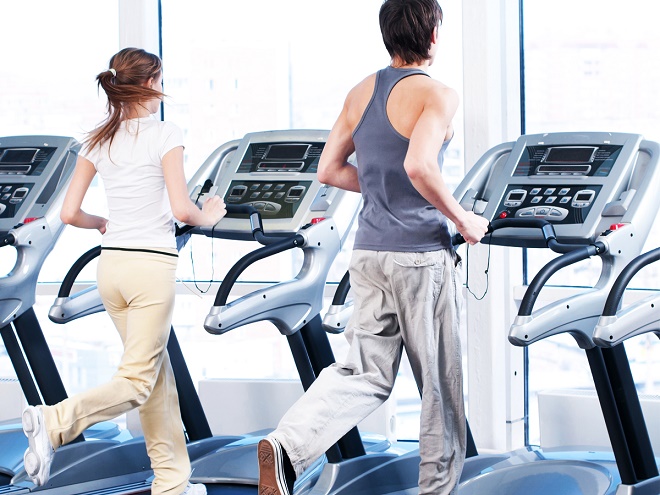IS YOUR CARDIO ROUTINE MAKING YOU FAT?
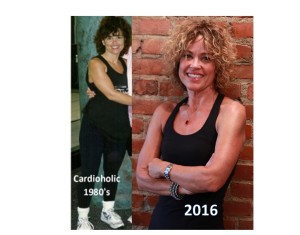
You make yourself get up an extra hour every day to walk on the treadmill, do the elliptical, or ride your bike. You work yourself up to 45 to 50 minutes and you start to sweat. You may feel better. You may sleep better. You may even notice your energy and outlook are better. But what about your body fat? What’s happening (or not happening) there.
Many of you know that I have been a self confessed Cardio Junkie for nearly 30 years. As someone who came into this business during the 80′s (the era of Jane Fonda, leg warmers, thongs and dance aerobics), I fell into the trap of believing cardio was the key to my own fat loss, fitness and health. I worked out every day, for hours a day, sometimes teaching as many as 3-4 aerobic classes per day, and guess what, I was still too fat! (The low fat, high carbohydrate diet of the day didn’t help much either).
The point is, I was working out hours a day doing every kind of cardio you can imagine, AND I WAS STILL FAT! I just don’t want my clients to make the same mistakes I did! The fact is, you can get TWICE THE RESULTS in HALF THE TIMEby simply changing the way you do cardio!
Check out my segment on KCLIVE with Michelle Davidson about the Top Six Myths of Cardio and why they may be making you FAT instead of FIT!
So what about the formula: Eat less + increase activity=weight loss.??? Sorry folks, but it is not true.
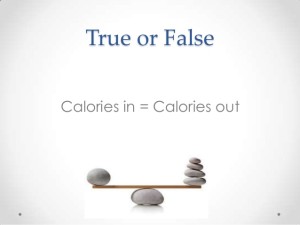
I repeat, Eat Less + Increase Activity DOES NOT EQUAL Weight Loss.
“How is this possible,” one might ask? Cardio burns calories right? And less calories equals fat loss right? That is where many people are mistaken. Yes, consuming less calories than you burn each day will result in weight loss but not necessarily fat loss. “What is the difference,” you say?
Well, here it is. If you lose weight without regard to the amount of fat you have, chances are you will look the same (i.e. love handles, flabby thighs and arms that continue to wave long after your hand has finished). You will be smaller,yes, (also known as “Skinny Fat”) , but is that really what you want? Probably not. You want to look toned and healthy and without visible fat stores that make up a body that looks out of shape.
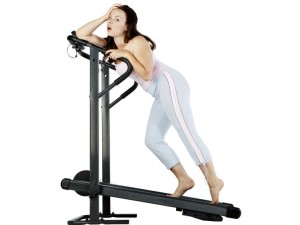
Here is why. When you get on that treadmill, bike, or elliptical trainer, your body begins to use energy. This is fantastic. Going faster makes your lungs and heart work harder to keep up with the intensity, thereby making them stronger and more efficient the more often you do this. That’s great too. Now, eventually, after all your recently ingested energy is consumed, your body will look elsewhere for energy to fuel you.
Now is the point where it gets tricky. Want your body to use fat for fuel? This means going slow-like you’re running a Marathon rather than running fast and hard like in a sprint race.
Most of you have all seen the little diagrams on most cardio equipment. Here is your “fat burning zone”, here is your cardio zone. These diagrams are correct. When you get into the cardio heart rate zone, your body will eventually become catabolic, which means it will start burning muscle for fuel. This is especially true if you don’t use your muscles to do resistance training, (like Pilates) on a regular basis.
When you go slow and keep your heart rate in the “fat burning” zone, your heart and lungs no longer have to work as hard, so they aren’t getting stronger anymore. Furthermore, your calorie burn rate drops down to a point where you have to stay on that dang machine for two hours to burn off the calories equivalent to what you ate for breakfast!
So, based on this information, most people tend to think that going faster will kick that calorie burn up. And as long as we are going faster, lets go longer and really amp up that weight loss for faster results. The only problem is, this is how you end up with too much body fat!

SO WHERE DOES THAT LEAVE US? We have less muscle and burn less calories than we did when we stepped foot in the gym. Now, our weight loss progress has all but stopped, so we get discouraged, and quit going to the gym. Most will probably give up on their diet to boot.
And here is where it gets tragic. Since we’ve lost muscle mass our metabolism is slower. Then we quit eating healthy and go back to the way we were eating before. And guess what? Any weight we may have lost comes back and then some since our calorie burning ability has diminished. Can anyone say yo-yo diet?
Now the excuse becomes, “I tried diet and exercise, and it didn’t work for me at all!”
So now that you are completely discouraged and don’t know what to do, here is the light at the end of the tunnel. Losing fat isn’t really that difficult if you know what to do. Keep that anti-inflammatory Paleo diet, do resistance training (Pilates) a few times a week, and if you want to boost your calorie burn, have a cardio routine that works for you instead of against you.
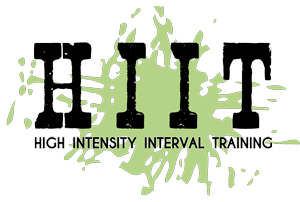
This type of cardio has loads of benefits. Your heart and lungs get the required demand put upon them to make them stronger. You don’t stay in the high cardio range long enough to burn muscle. You exercise your heart rate recovery (HRR) which trains your body to be able to recover from intense exercise quicker. And the kicker? Multiple studies have shown this type of training is proven to keep your body burning more calories for up to 24 hours after your workout!
Now is the time to forget the notion that more is better when it comes to cardio. Don’t spend hours on the machines and put yourself at risk for failure in the battle against fat. Use the HIIT philosophy to maximize your time in the studio and not only start seeing results but keep seeing them. You’re too busy to waste time! Sometimes LESS really is MORE!
If you are new to interval based cardio workouts there is some good and bad news. The good news is that you are in and out very quickly. The bad news is that you have to work a lot harder.
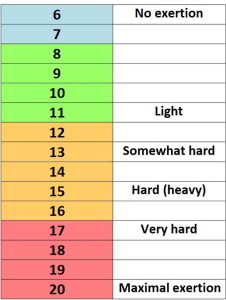
The RPE (Rate of Perceived Exertion) scale rates your perception of the work from 1 (easy) to of 10 (running for your life), so everyone is equal on the chart. This means if you feel you are at an 8, you are working relatively as hard as any professional athlete based on this scale.
HIIT Workouts combine intervals of lower intensity cardio and higher intensity cardio or intervals that combine cardio and weight training intervals.
Our Kettlebell, Cardio Tramp and HIIT workouts are perfect examples of this type of training, alternating cardio and resistance intervals to give you one fast, effective and fat burning workout in under 30 minutes!
Click here to find out more about getting started at Pilates 1901 or access our group class schedule by clicking here!
Additional questions? Email us today!
